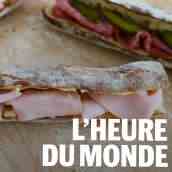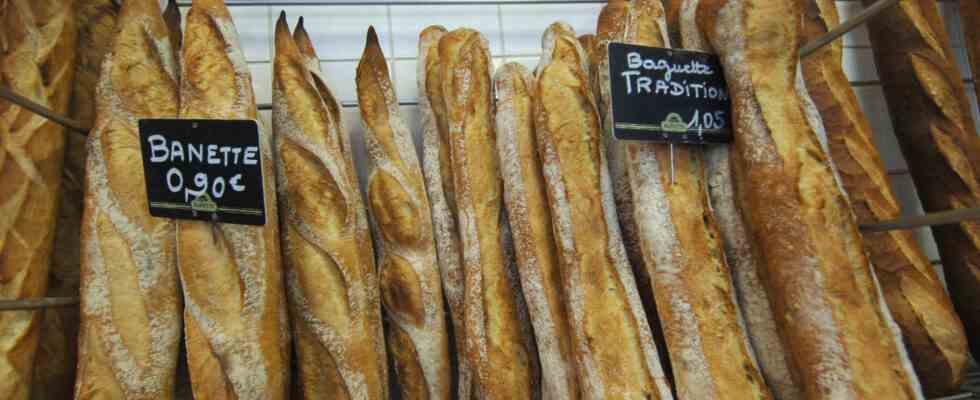It is an emblem in the world, now recognized, of the daily life of the French. The baguette was listed on Wednesday 30 November as an intangible heritage of humanity by Unesco. The organization, which above all honors the traditions to be safeguarded more than the products themselves, has distinguished the craftsmanship and the culture surrounding this essential element of French tables.
With its crispy crust and soft crumb, the baguette, which appeared at the start of the 20the century in Paris, is today the first bread consumed in the country. Every day, twelve million French consumers push the door of a bakery and more than six billion baguettes come out of the bakeries each year. Buying bread is thus a real social and convivial habit that punctuates the life of the French.
“This is recognition for the community of artisan bakers and pastry chefs. (…) The baguette is flour, water, salt, yeast and the know-how of the artisan »welcomed the president of the National Confederation of French Bakery-Pastry, Dominique Anract, in a press release.
“250 grams of magic and perfection”
The choice to present the candidacy of the baguette had been made at the beginning of 2021 by France, which had preferred it to the zinc roofs of Paris and a Jura wine festival. This recognition is particularly important given the threats to this know-how, such as industrialization and the decline in the number of bakeries, especially in rural communities.
In 1970, there were some 55,000 artisanal bakeries (one bakery for 790 inhabitants) compared to 35,000 today (one for 2,000 inhabitants), ie a disappearance of four hundred bakeries per year on average for fifty years. French President Emmanuel Macron had lent his support to the dossier, describing the baguette as “250 grams of magic and perfection”.
In constant evolution, the wand “traditional” is strictly governed by a 1993 decree, which aims to protect artisan bakers and at the same time imposes very strict requirements on them, such as the ban on additives. It is also the subject of national competitions, during which the candidates are sliced in length to allow the jury to evaluate the honeycomb and the color of the crumb, “cream” ideally.
There may be regular dimpling, says “honeycomb”, with identical small holes, or medium holes, bigger, smaller, according to the choice of each baker. If there are no cells ” everywhere “, the jury is out: the bread was badly shaped. The competitors work from the same products, but the sticks are all different. Each one has its own special touch, for example on the stroke of the blade, the baker’s signature.
The consumption of the baguette in decline
It’s easy to miss a wand, even for the most seasoned. “We are very dependent on the weather. We have to take [en compte] the temperature of the pasta, the water, the bakery »explained in 2019 to Agence France-Presse (AFP) the Parisian baker Jean-Yves Boullier. “Ideally, it should be warm, but no more than 22°C, humid but not too much. Otherwise, the pasta relaxes and the bread becomes soft”, he added. In addition to the essential gestures such as slow kneading, long fermentation, shaping by hand and baking in a deck oven, everything is based on know-how, explain the professionals.
The word baguette appears at the beginning of the XXe century and it was only between the two wars that it became commonplace, emphasizes Loïc Bienassis, of the European Institute of Food History and Cultures, who was part of the scientific committee that prepared the file for Unesco. “Initially, the baguette was considered a luxury product. The working classes eat rustic breads which keep better. Then consumption became widespread, the countryside was won over by the baguette in the 1960s and 1970s”he explains
From now on, the consumption of the baguette is declining, especially in the urban wealthy classes who opt for sourdough breads, which are more interesting from a nutritional point of view, according to Mr. Bienassis. Furthermore, “cereals have replaced toast, hamburgers are replacing ham and butter”he concludes.

Also listen Is the ham and butter on the right?

